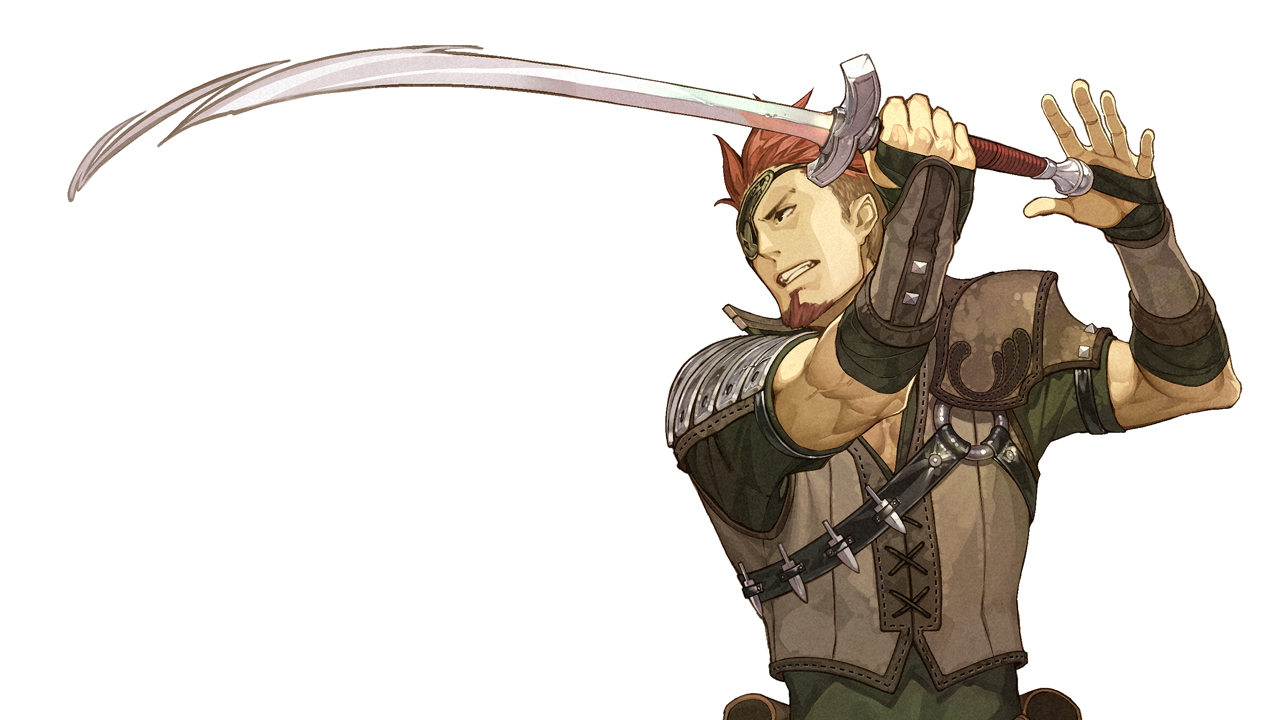GamesRadar+ Verdict
Far from the quick-and-dirty update it might have been, Shadows of Valentia is no Awakening, but an enlightening and worthwhile history lesson.
Pros
- +
Robust storytelling with sharp characterisation
- +
Formula tweaks give it a different rhythm; not better, but different
- +
Has the same moreish tactical core
Cons
- -
Arguably the series’ weakest map designs
- -
Clearly a lower-budget production
- -
Fewer opportunities for heroes to bond with one another
Why you can trust GamesRadar+
What happens when a series suddenly, belatedly goes supernova? Shadows of Valentia presents Nintendo with a rare opportunity to capitalise on Fire Emblem’s unexpected recent rise by probing its past. This remake of the Japanese-only Fire Emblem: Gaiden isn’t so much a new beginning for the series as a look at where it might have ended up in an alternate universe – where its divisive ideas took root rather than being cast off in later games as they ultimately were.
It’s a different kind of Fire Emblem, then, but its story mines familiar territory. We have two kingdoms embroiled in a vicious conflict, into which enter a pair of heroes who come from humble beginnings and are inevitably destined for greater things. And, yes, there are dragons involved. Protagonists Alm and Celica take two very different routes to solve the problem: one seeks peace through faith, the other is looking to end the war through victory on the battlefield.
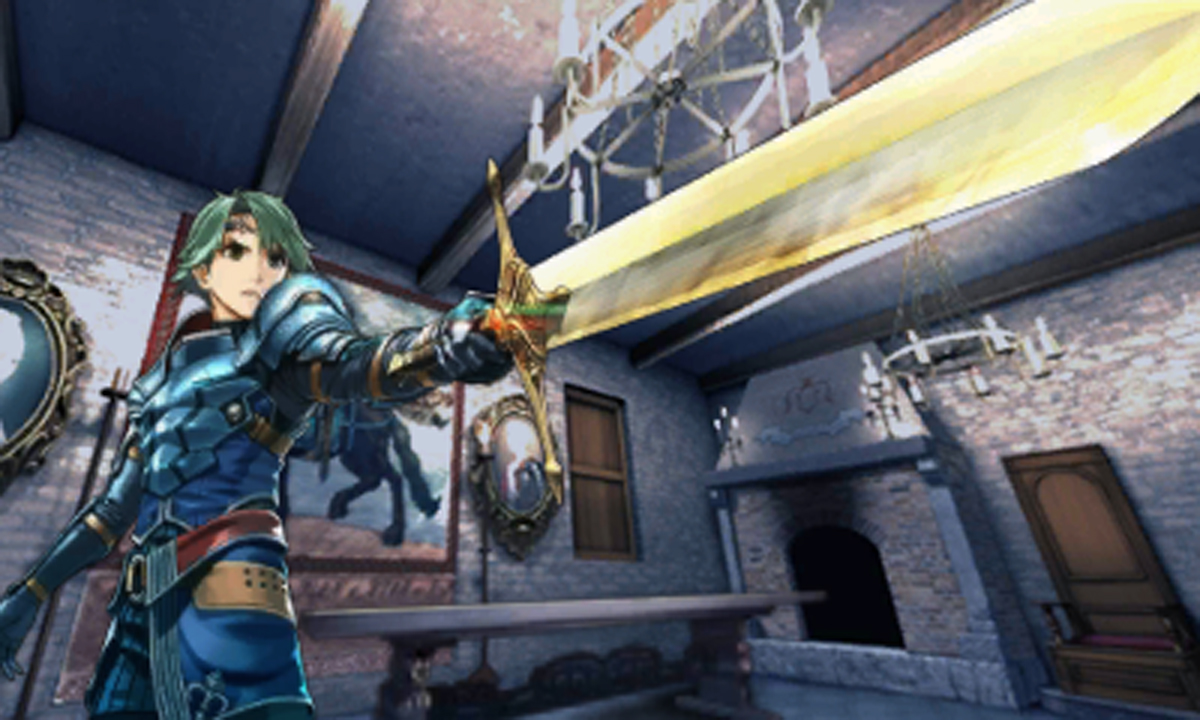
So we’ve been here before. But this series has always been less about the narrative than the bonds you build with its characters. While Alm has a warm camaraderie with his brothers in arms, Celica’s is the most interesting of the two story branches because her companions are generally more fun to spend time with. She’s joined by a rough-edged merc with a heart of gold – an archetype, but a likeable one – alongside a cocksure pretty-boy bowman and a pair of mages who trade barbs between shocking opponents with their powerful thunder spells.
Both groups take different routes across a map that’s reminiscent of a 2D Mario game: each leader is represented by a tiny sprite, which you move between nodes, engaging in skirmishes with enemies – human or otherwise – between cities, ports and strongholds. From certain settlements you can recruit villagers and wandering warriors on their own missions, while chatting to townsfolk to give you a flavour of how they’re coping with the conflict, or to accept side quests. You can also scour the environments for weapons and foodstuffs to add to your convoy in what amounts to a rudimentary hidden-object minigame, except the objects aren’t particularly well-hidden. Still, this all contributes to a stronger sense of place, and a broader picture of the world away from the frontline.
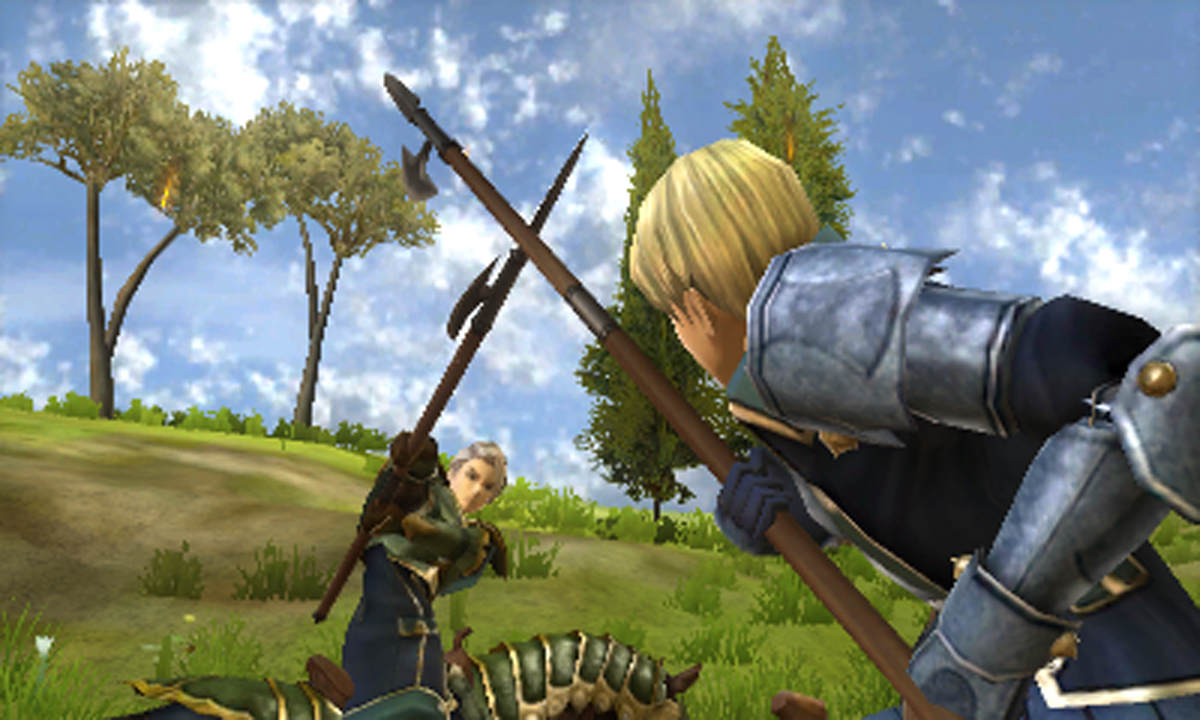
At some stops you’ll find dungeons, which you explore from a traditional third-person perspective. Here, you’ll encounter monsters: bump into them and you’ll initiate a short tactical battle. Attack them first and you’ll face fewer units, each starting on slightly depleted health. If they land a swipe while you’re trying to run past, however, they’ll call in reinforcements and take the first turn. It’s the kind of thing you’ve seen in a dozen other RPGs, though it’s new to Fire Emblem, and a fatigue meter introduces a new tactical consideration, since tired units will be much less effective. The promise of new gear or provisions, meanwhile, incentivises thorough investigation, while smashing barrels and crates coughs up silver coins that you can spend at a smithy to forge better weapons. You’ll also find shrines, at which characters who’ve progressed enough will be able to change class, and where offerings to the goddess will reinvigorate tired troops.
On the battlefield, meanwhile, a raft of small changes will force you to rethink strategies you might have relied on in past entries. Though spells are effective, they now cost health points, which means you’ll need to keep your mages well protected, or ensure they’ve got a restorative equipped in their lone item slot. Weapons no longer degrade, though units can only carry one at a time to replace their generic sword or bow – but if you keep using the same one, you’ll steadily unlock new weapon arts (which also consume HP). And the group leader’s position becomes crucial, since moving a unit adjacent to them lets you access any item from the convoy in a pinch. That piece of stale bread you picked up from the previous village might just be the difference between life and death.
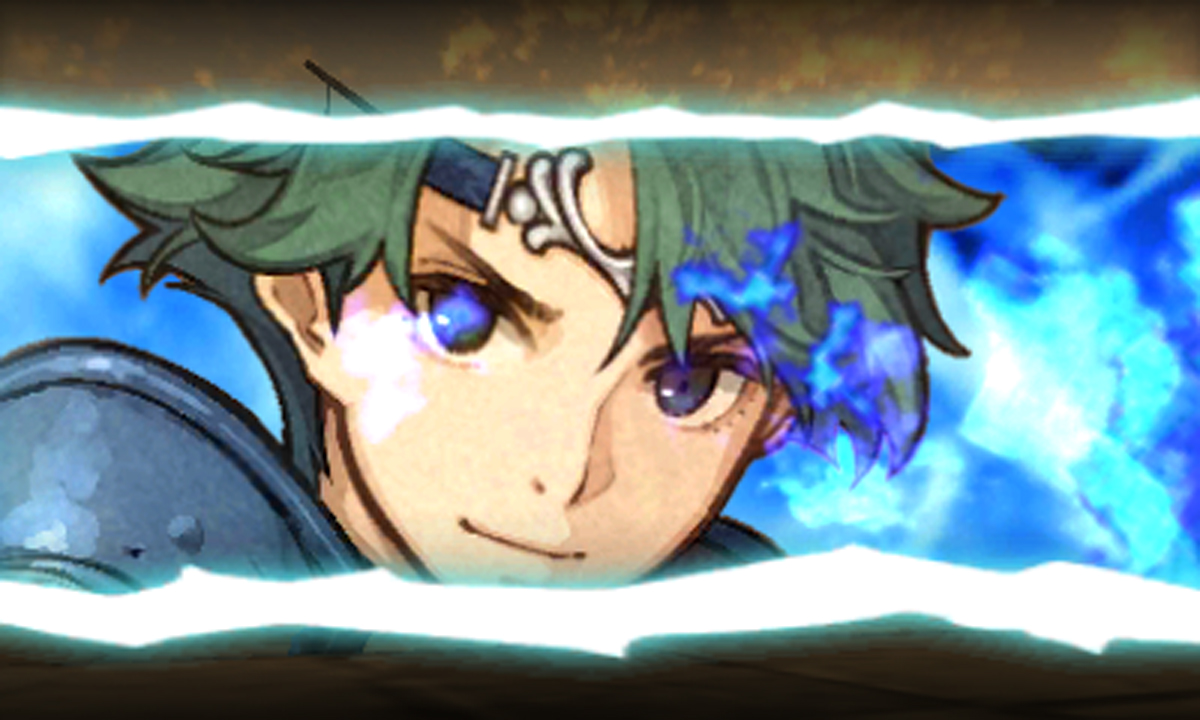
Albeit with a slightly murkier palette, Shadows of Valentia adopts the same presentational style as Fates and Awakening: launching an attack prompts the camera to plunge downward as a 3D animation plays out, with anime cutaways for critical hits. Yet you’ll probably want to turn these off sooner than in previous games. That’s partly because, unlike recent entries, units can’t be paired up. The thrill of watching, say, a pegasus knight swooping down to protect her sister or BFF from an incoming attack? Gone. Support conversations are still available between units, but the effect of forging these bonds is less immediately tangible. As such, there’s less reason to stop and chat – not least as the unit that initiated the conversation basically misses a go. No doubt some purists who’d rather not mix soap opera with strategy will be delighted that these relationship elements are less intrusive. But while we’ll admit the face-stroking minigame in Fates was a step too far, there’s a gap that Shadows of Valentia struggles to fill. This is, after all, a strategy game where the threat of permadeath looms large, and you’re supposed to care enough about your troops that sacrificing any of them is unthinkable. Losing a unit still stings, but not quite as much as it once did, because you don’t feel the same sense of attachment. Besides, even those who welcome the change will surely find fault with the map designs, which are often either bland or annoying to navigate. Desert sands that limit your movement are one thing; a poisonous bog will sap your patience as much as your units’ health.
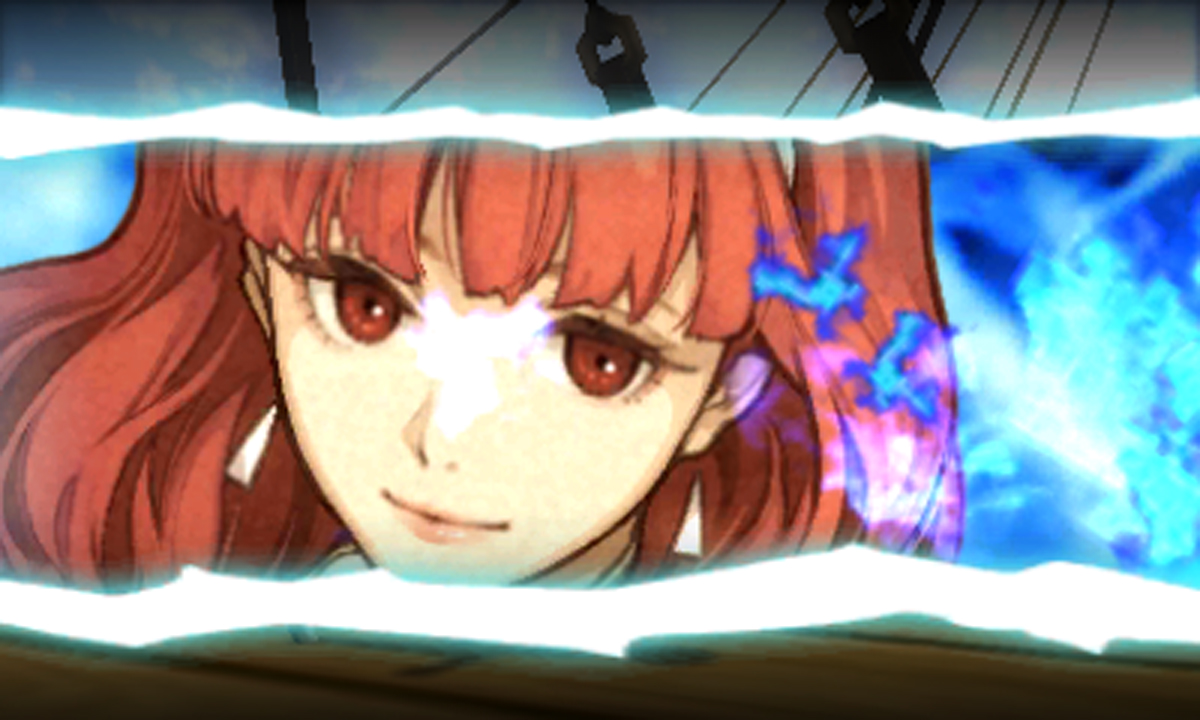
Either way, the Casual difficulty setting introduced in Awakening will see them retreat from the battlefield rather than perishing, and they’ll be available for selection when you next cross swords. And a new feature lets you wind back the clock, letting you undo careless mistakes, and countering the whims of the invisible dice rolls that govern each face-off. If, towards the end of a long fight, your healer is suddenly taken out by a critical hit that had a 2% chance of landing? Don’t worry. As long as your timewheel has enough cogs remaining, you can bring them back from the dead rather than sighing and soft-resetting.
These deviations from formula add up to a game that simultaneously feels like one step forward and two back. Shadows of Valentia is a fascinating glimpse of what might have been that has, paradoxically, come to pass. It’s a change of tack that just about works – even if the results aren’t quite as convincing, this remains a riveting, challenging tactical RPG.
More info
| Genre | Role Playing |

Chris is Edge's deputy editor, having previously spent a decade as a freelance critic. With more than 15 years' experience in print and online journalism, he has contributed features, interviews, reviews and more to the likes of PC Gamer, GamesRadar and The Guardian. He is Total Film’s resident game critic, and has a keen interest in cinema. Three (relatively) recent favourites: Hyper Light Drifter, Tetris Effect, Return Of The Obra Dinn.
